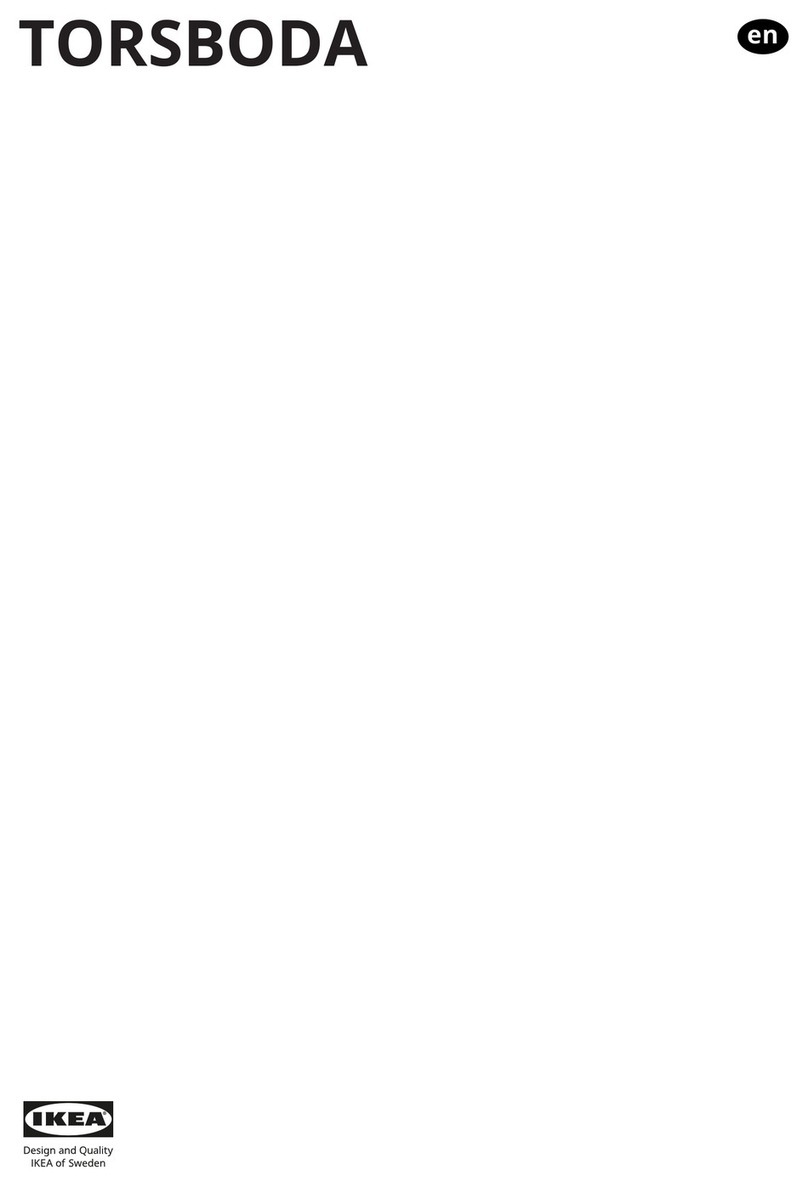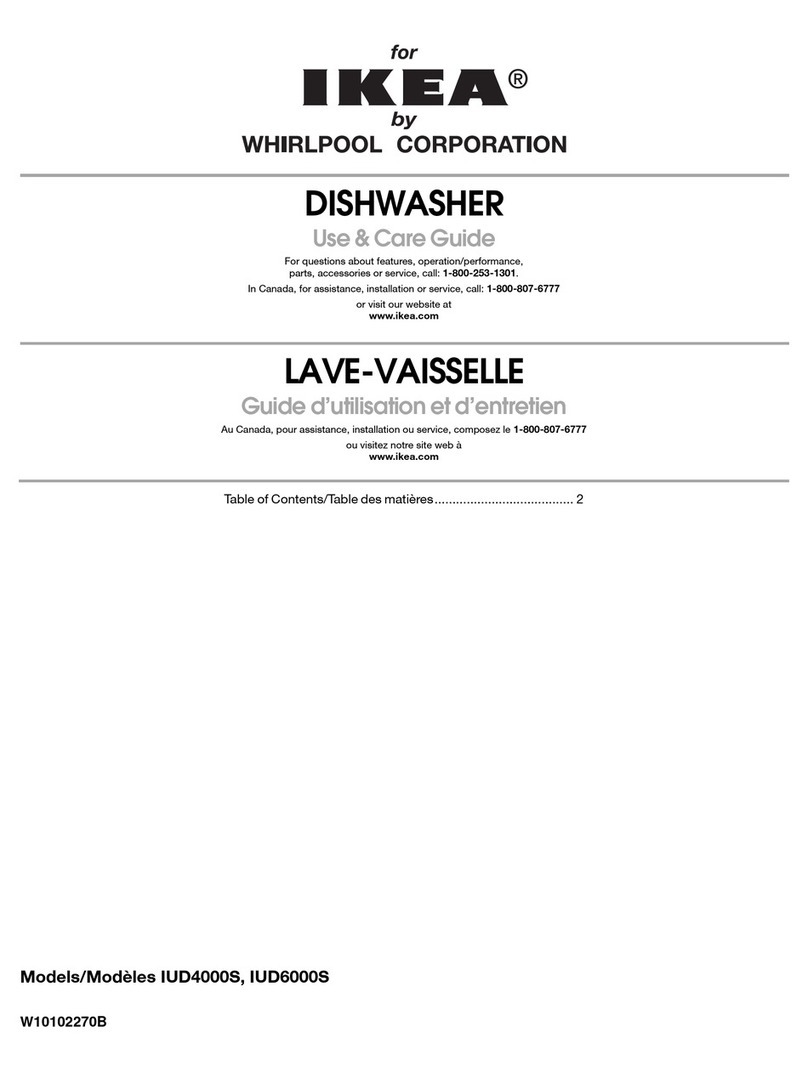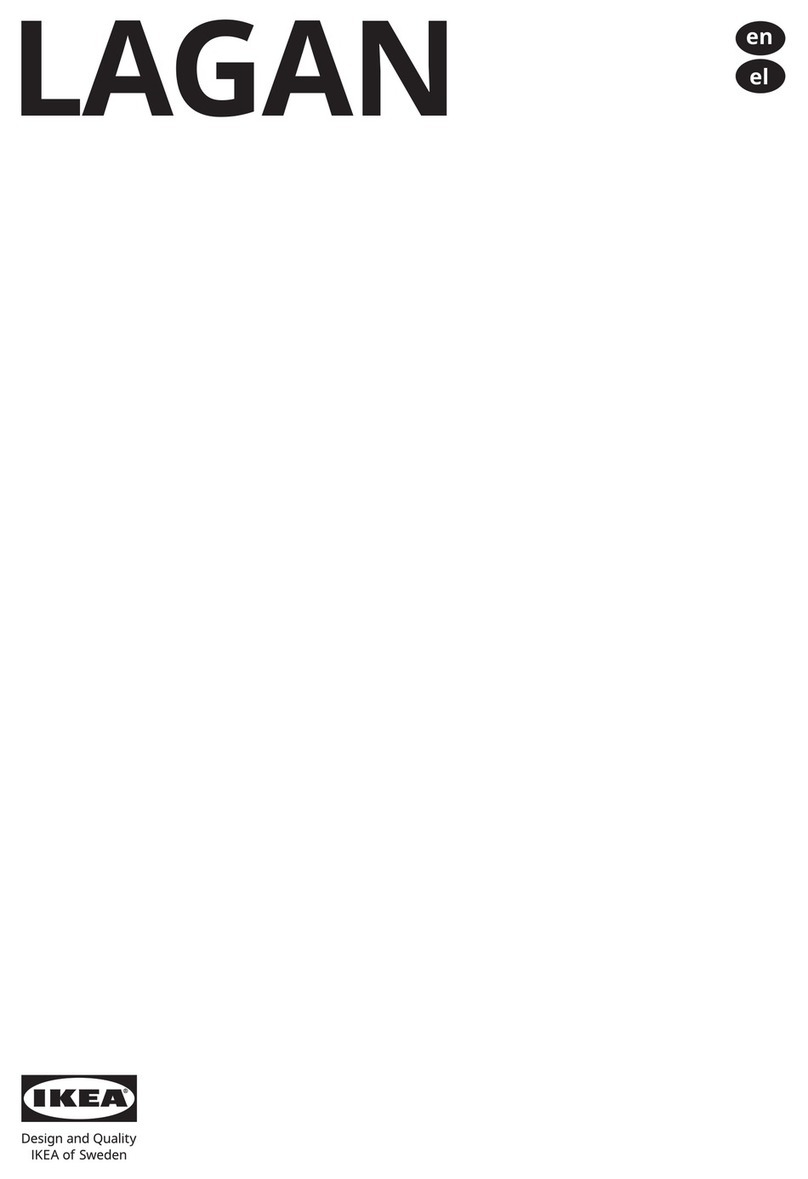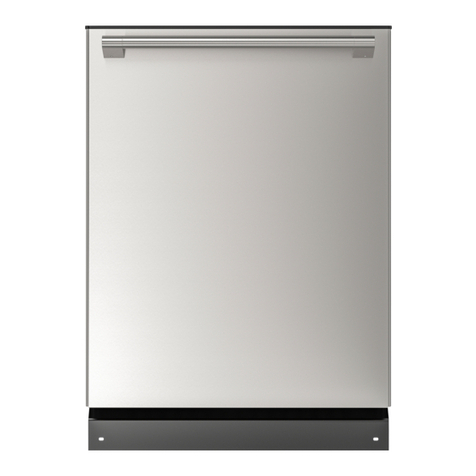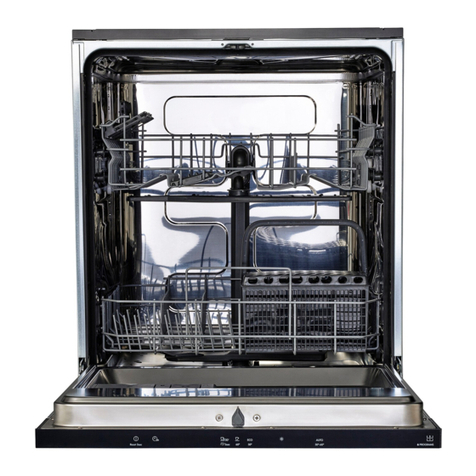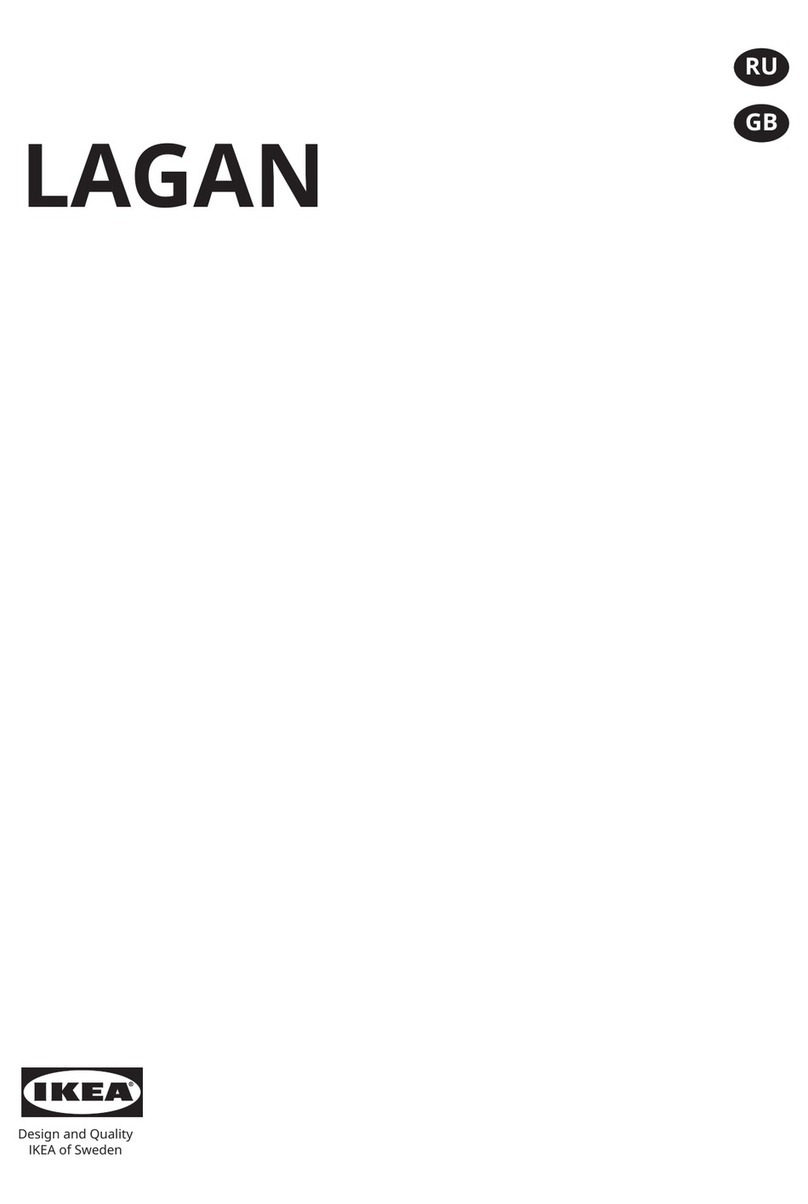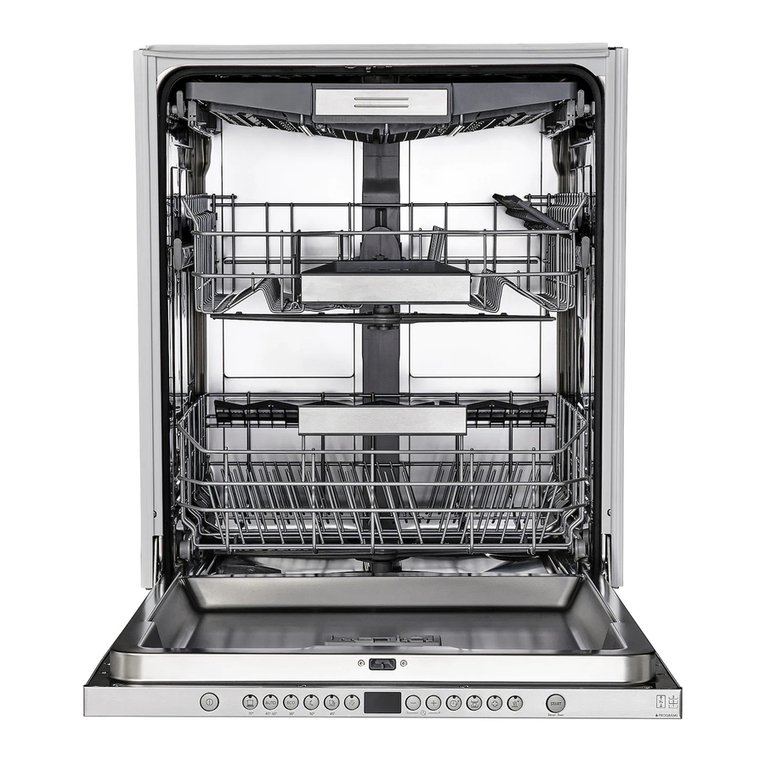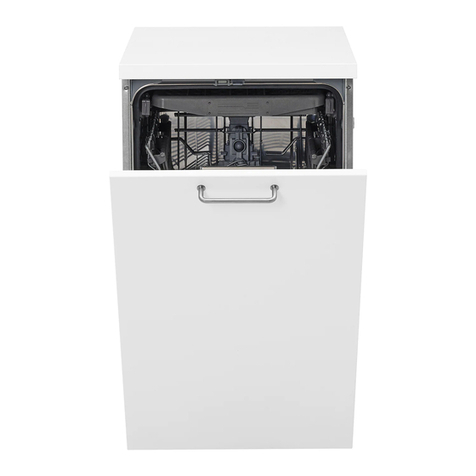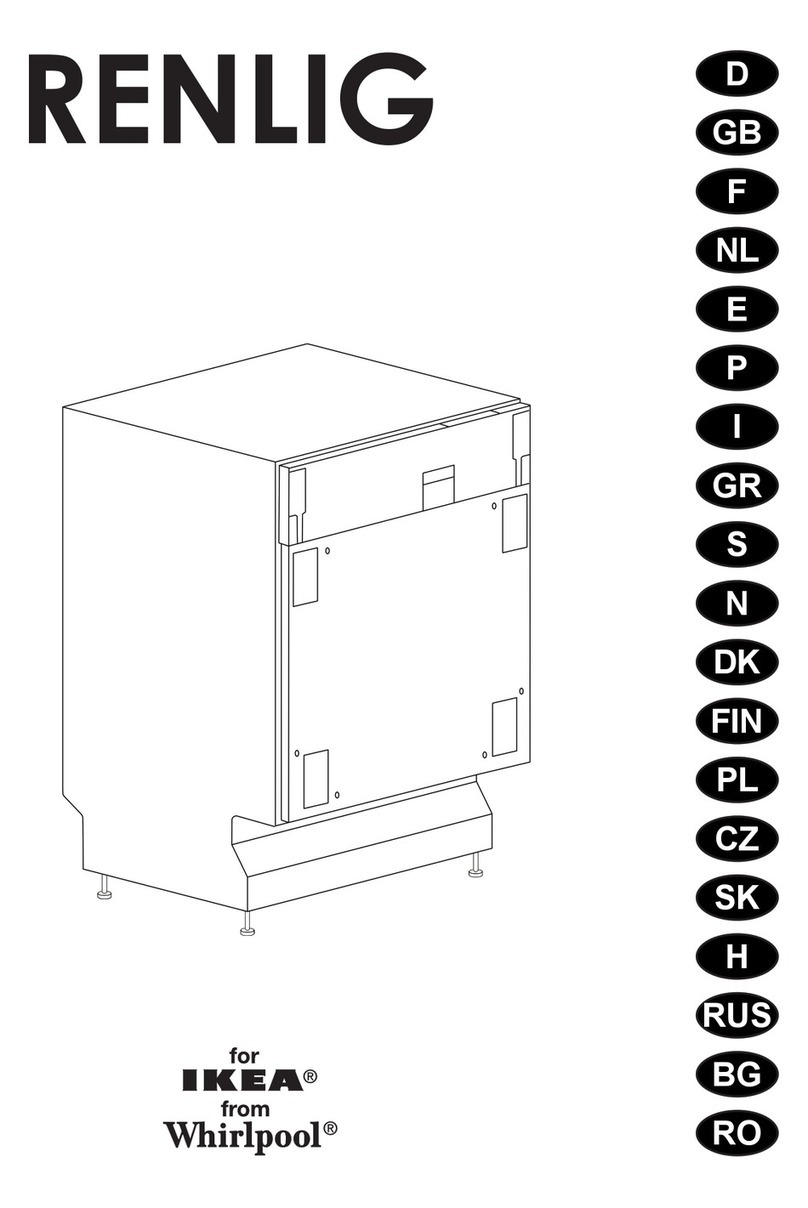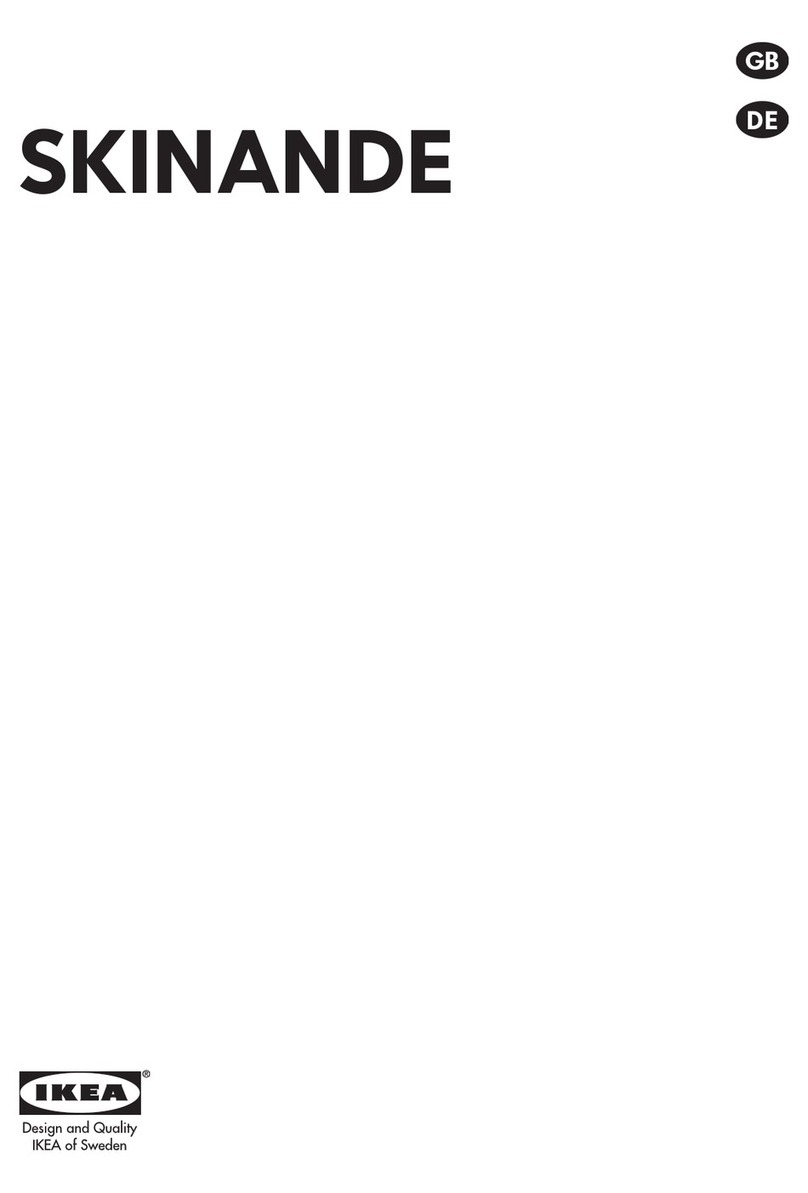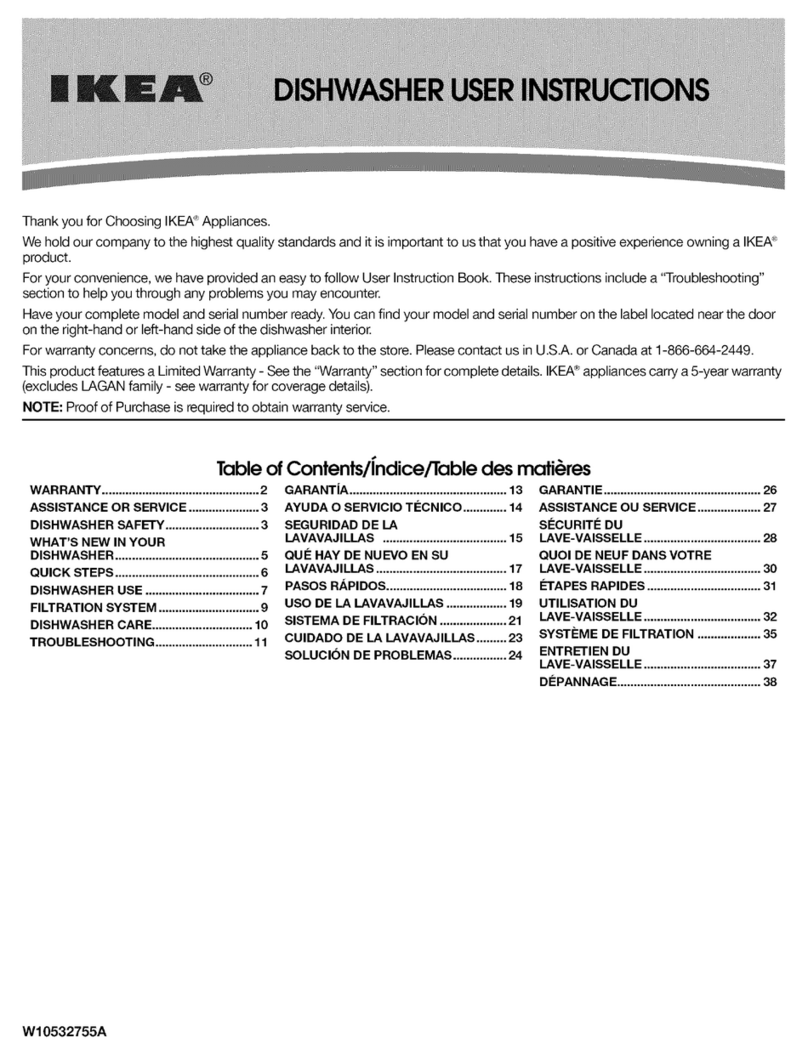
ENGLISH 7
included) with food items. After
placing the food check that the
door of compartments closes
properly, especially the freezer
door.
Damaged gaskets must be
replaced as soon as possible.
Use the refrigerator
compartment only for storing fresh
food and the freezer compartment
only for storing frozen food,
freezing fresh food and making ice
cubes.
Avoid storing unwrapped
food in direct contact with internal
surfaces of the refrigerator or
freezer compartments. Appliances
could have special compartments
(Fresh Food Compartment,
Zero Degree Box,...). Unless
differently specied in the specic
booklet of product, they can be
removed, maintaining equivalent
performances.
C-Pentane is used as blowing
agent in the insulation foam
and it is a ammable gas.
The most appropriate
compartments of the appliance
where specic types of food are
to be stored, taking into account
different temperature distribution
in different compartments in the
appliance, are as follows:
- Refrigerator compartment:
1) Upper area of the refrigerator
compartment & door - temperature
zone: Store tropical fruit, cans,
drinks, eggs, sauces, pickles, butter,
jam
2) Middle area of the refrigerator
compartment - cool zone: Store
cheese, milk, dairy food, deli food,
yoghurt
3) Lower area of the refrigerator
compartment - coldest zone: Store
cold cuts, desserts, meat and sh,
cheesecake, fresh pasta, sour
cream, pesto/salsa, home-cooked
food, pastry cream, pudding and
cream cheese
4) Fruit & vegetable drawer at
the bottom of the refrigerator
compartment: Store vegetables
and fruits (excluding tropical fruits)
5) Chiller compartment: Only
store meat and sh in the coldest
drawer
- Freezer compartment:
4 star zone (****) compartment
is suitable for freezing foodstuffs
from ambient temperature
and for storing frozen food
as the temperature is evenly
distributed throughout the entire
compartment. Purchased frozen
food has the storage expiration
date stated on the packaging. This
date takes into account the type of
food being stored and therefore
this date should be respected.
Fresh food should be stored for the
following time periods: 1-3 months
for cheese, shellsh, ice cream,
ham/sausage, milk, fresh liquids;
4 months for steak or chops (beef,
